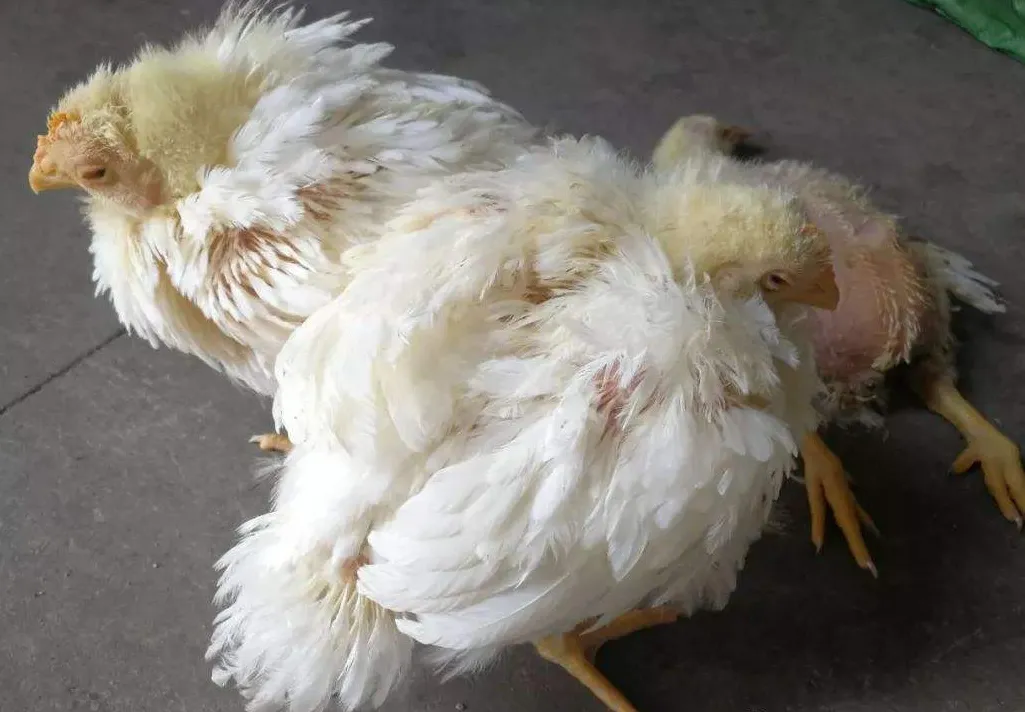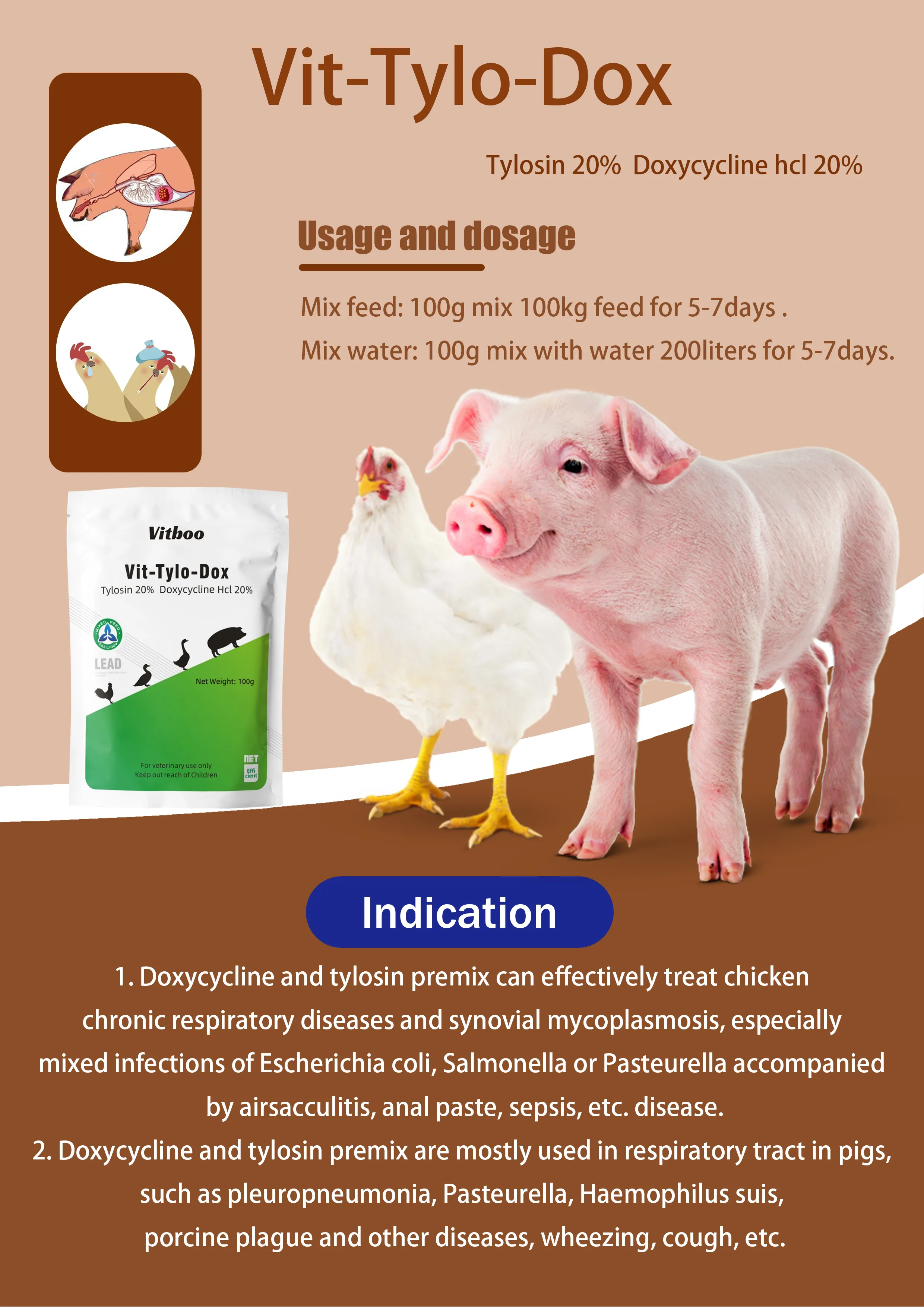Chicken Escherichia coli disease is an infectious disease caused by Escherichia coli. It is often co-infected with mycoplasma disease and is often secondary to other infectious diseases, causing huge losses to the poultry industry. Therefore, it is necessary to seriously strengthen epidemic prevention and control management. Let’s take a look at the symptoms and treatment methods of chicken Escherichia coli disease.
I. Symptoms of Escherichia coli disease in chickens
Sick chickens are listless, eat less or no food, stand alone or crouch motionless, have bluish-purple beards, grayish-white irises, have impaired vision or are blind, have ruffled feathers, have feces stuck to the feathers around the anus, have green or yellowish-white loose feces, crouch, cannot stand, are unwilling to move or limp, have swollen joints, enlarged livers, intestinal mucosal bleeding and ulcers, pericarditis, and ascites and egg yolk accumulation in the abdominal cavity.
 II. Treatment of Escherichia coli disease in chickens
II. Treatment of Escherichia coli disease in chickens
1. Injection of Reps Escherichia coli
Injection of American Reps Escherichia coli intramuscularly: Unimmunized chicks can be prevented and treated with Escherichia coli high
immune serum, 1 ml for each bird under 15 days old, 2 ml for each bird over 15 days old, and repeat once every other day; for adult birds, 0.5 ml/kg body weight, once/day, and 2~3 times in severe cases.
2. Treatment with oxytetracycline
Add 100-500 grams of the drug to every 100 kg of feed for 7 consecutive days. You can also use 20-40 grams of sulfamethoxazole per 100 kg of feed or 5-20 grams of norfloxacin per 100 kg of feed for 5-7 days.
3. Mix 750g of fungicide with 100kg of feed and feed it freely for 2-3 days. The effect is also good.
Vitboo has developed a new product for treating diseases, which can be mixed in food or water.
Mix feed: 100g mix 100kg feed for 5-7days.
Mix water: 100g mix with water 200liters for 5-7days
1. Doxycycline and tylosin premix can effectively treat chickenchronic respiratory diseases and synovial mycoplasmosis, especiallymixed infections of Escherichia coli, Salmonella or Pasteurella accompaniedby airsacculitis, anal paste, sepsis, etc. disease.
2. Doxycycline and tylosin premix are mostly used in respiratory tract in pigs,such as pleuropneumonia, Pasteurella, Haemophilus suis,porcine plague and other diseases, wheezing, cough, etc.

III. Key points for preventing chicken E. coli disease
1. Purchase high-quality chicks Choosing high-quality and healthy chicks is the basis for ensuring that E. coli disease does not occur in the later stage. Some farmers choose cheap chicks because of the price difference. They don’t know that they are throwing away watermelons and picking sesame seeds. They spend less money on chicks but more money on medicine.
2. Strengthen feeding management E. coli is a conditional pathogen, so good feeding management is the key to ensuring that the disease does not occur. For example, temperature, humidity, ventilation, and pen feces treatment are closely related to the occurrence of E. coli disease.
3. Appropriate drug prevention Appropriate drug prevention is also an indispensable measure to prevent the occurrence of E. coli disease. The choice of drugs can be based on the different ages of the chickens and the advice of veterinary experts. Do not abuse them. Because there is a difference between preventive and therapeutic drugs, try to avoid drug resistance.
Phone:+86-19138056813
Tel:+86-0371-88959050
Email:info@zsybio.com
Address:Zhengzhou City, Henan Province, China